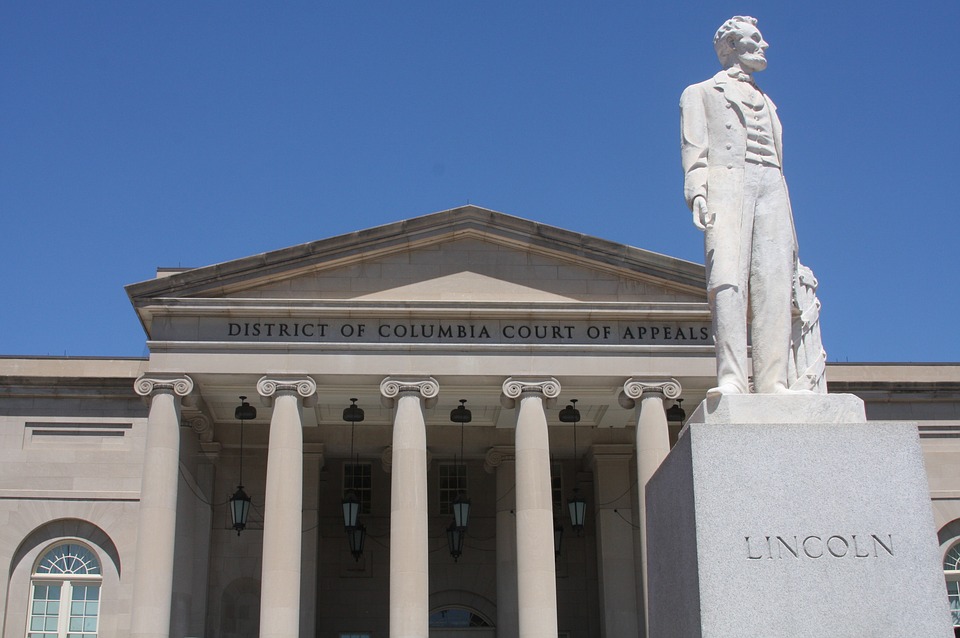
The Emancipation Proclamation was issued by President Abraham Lincoln on a train headed to free slaves in the unsettled months following the Civil War. The Proclamation declared that all persons held in the American slave trade, not including children of free parents, were to be liberated. It also set forth the long-term plan for freeing all former slaves who were now free under the terms set forth in the Emancipation Proclamation. A few weeks later, Abraham Lincoln was assassinated by an assassin.
Many stories have been told about the birth of the Emancipation Proclamation. One of the most commonly told stories is that Lincoln had a dream that his wife and children would be freed by the Union troops when they left Washington, D.C. in August of 1863. This story may well be apocryphal, but it may also be a reflection of the egotistical nature of the American leaders at that time. Some historians claim that the Emancipation Proclamation was crafted to convince the Virginian citizens that with the Union troops come the bounty of white cotton, which was so critical to Virginia’s economy.
Another story says that Abraham Lincoln made this speech in a steam room on the Washington steam bridge. Whether this is true or not is difficult to say. The Union Army, under General Robert E. Lee, did not capture the steamship engine plant at West Point, New Virginia until the end of the war. There are no records to verify this.
There are many arguments over the exact date of the Emancipation Proclamation. The most commonly accepted version is that it was issued on the third day of January, 1863. But some Lincoln biographers say, the proclamation was actually issued on the fourth of that month. Whether the fourth of Jan. 1863 or the third of Jan., 1863 is the correct version of events here.
The fourth of Jan., 1863, was the final proclamation issued by General Robert E. Lee to free all persons from slavery in the territories. The previous two edicts had been issued in January and June. Whig politics and the race for political power between the pro-slavery Democrats and the pro-secession Republicans had greatly intensified the antislavery agitation. A large number of Virginians were convinced that they had a right to free themselves from slavery, and the final proclamation was issued as a result of the passions of those times.
Of course, there were a number of other reasons the preliminary emancipation proclamation was issued. Many Virginians in both the legislature and the population were deeply opposed to slavery. They feared that the federal government would soon exercise its authority over slave insurrections, and they also feared the loss of territory to the Yankee military forces in the Civil War. All these things combined to make the preliminary period of liberty of the blacks an extremely dangerous period in American history.
One of the most important debates that took place at this time concerned the power of the secretary of state. James K. Polk, who was a Virginian, felt that the preliminary proclamation was purely a matter of law, and it was not the role of the secretary of state to interfere with the people’s freedom of action in any way. But Seward, who was the Speaker of the House of Representatives, insisted that the secretary of state had the power to restrain the people if they should refuse to return to slavery. This issue became especially critical after Seward moved to annex Texas.
The fourteenth and fifteenth amendment to the Constitution of the United States, providing for the gradual emancipation of slaves, were passed during the first months of the new republic. When Seward refused to enforce the policy, the members of Congress, under the direction of President Abraham Lincoln, took the step necessary to prevent Seward from exercising his executive power. After a floor debate in the house on the fifth day of January, the resolution was passed by a vote of 401 to 52.
